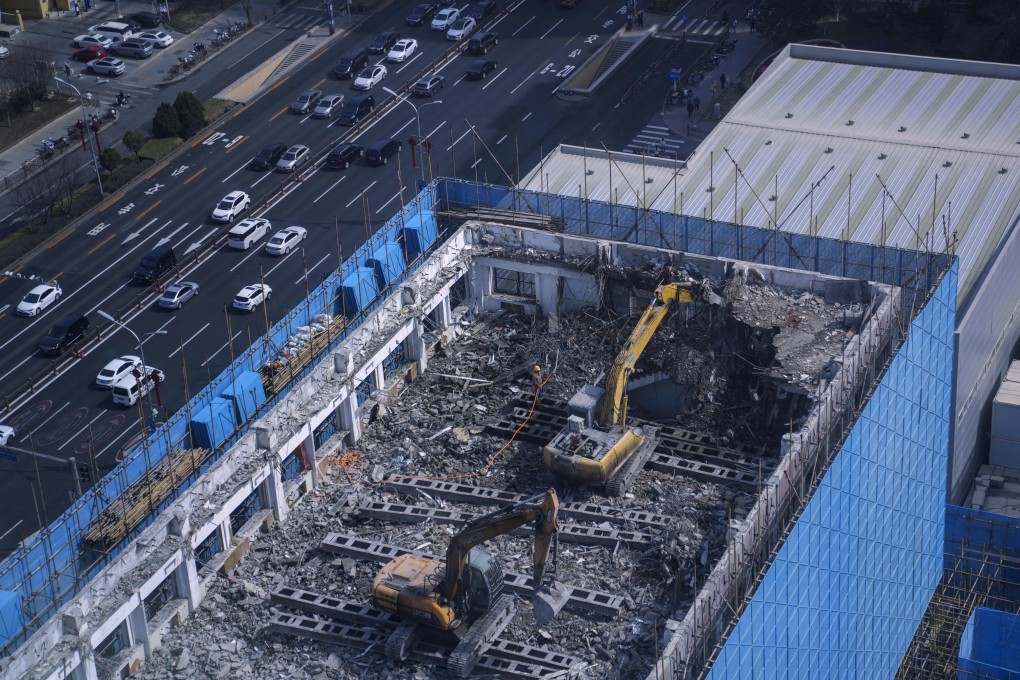China’s economic recovery on track at start of 2024, but property remains a ‘big problem’
- Manufacturing and consumption gradually rebounded, and investment growth and industrial output beat market expectations in combined data for January and February
- However, a recovery in China’s economy could be short-lived if the property market continues to drag, analysts said, after year-on-year investment fell by 9 per cent

China’s economy posted a strong rebound in the first two months of the year, putting it on course for 5 per cent growth in the first quarter, although the continuing property slump would be a major obstacle to Beijing’s full-year growth target, analysts said.
However, the recovery could be short-lived should the property market continue to drag, according to analysts, after the National Bureau of Statistics (NBS) confirmed on Monday that property investment fell by 9 per cent, year on year, in combined data for January and February.
“The recovery is still on track, and we estimate that gross domestic product growth will reach 6 per cent in January and February, and around 5 per cent in the first quarter,” said Ding Shuang, chief Greater China economist at Standard Chartered Bank.
Beijing may not introduce large-scale stimulus, but rather policies targeting the weakest parts of its economy
But while China is poised to post positive economic data in the first quarter, it remains too early to discuss whether Beijing would meet its full-year target, with the property market trend the biggest risk to the economy, Ding added.